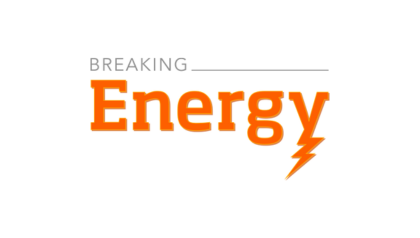Often implementing programs that create meaningful change don’t involve pure innovation, groundbreaking technology or original approaches. In many cases – in both the private sector and across regulatory spheres – the best implementations rely on learning from leaders and applying established solutions to new environments.
With cities driving the global economy and the world tipping further into being a more thoroughly urbanized place, urban energy leaders in both the private and public sector world are trying less often to “reinvent the wheel” as they are learning from what C40 Climate Leadership Group director Michael Marinello says in this video is a “network effect.” Keep reading →








